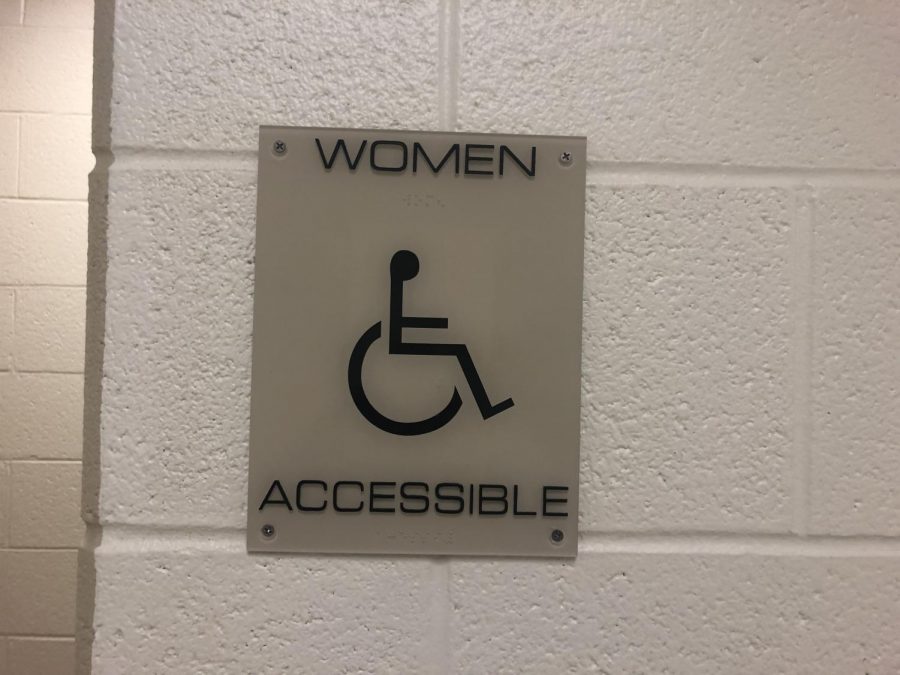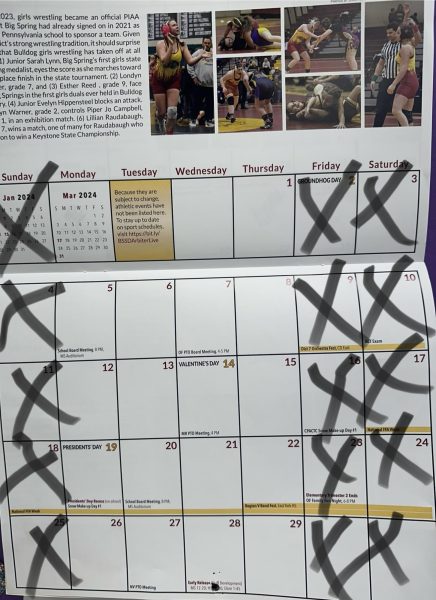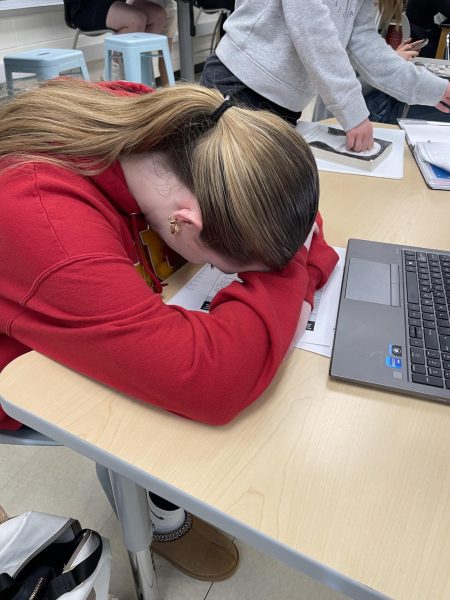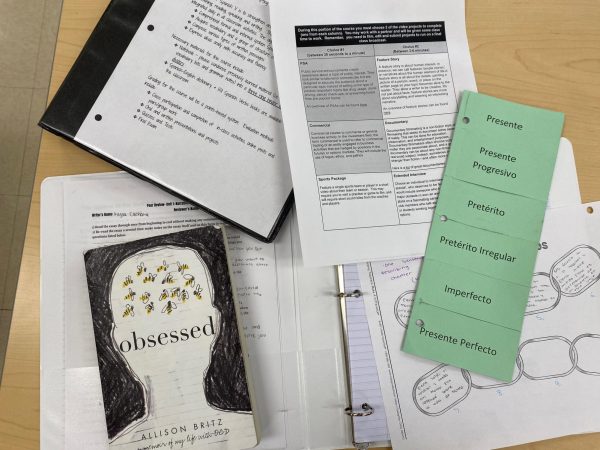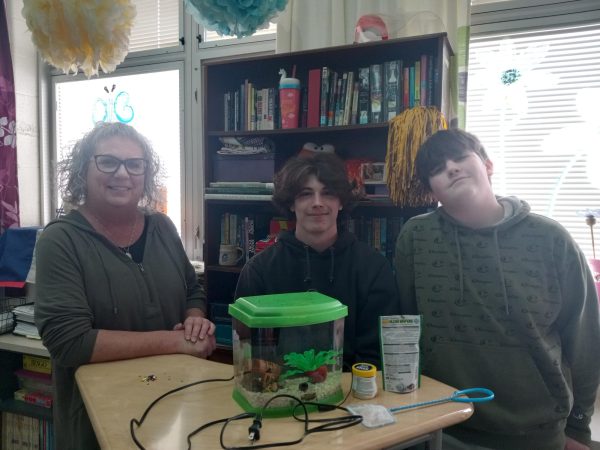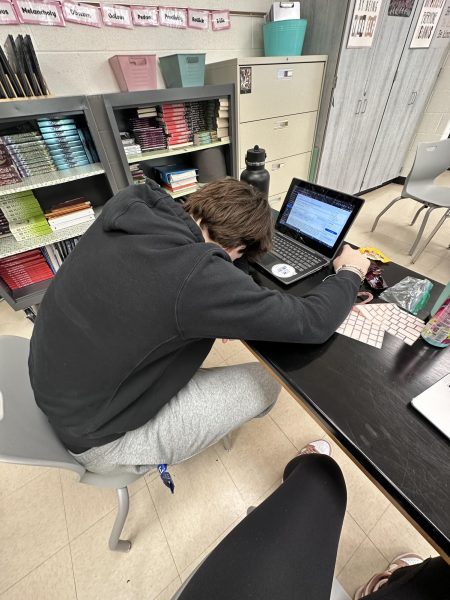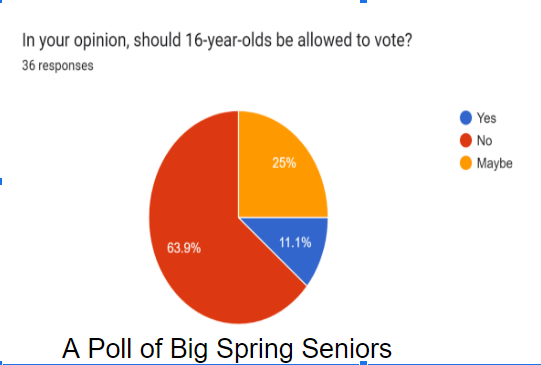Ableism: an expose piece on our societies failings
March 13, 2019
Ableism is ever present in our society, and most able-bodied people are unaware of the discriminatory or devaluing standards individuals with handicaps are put through on a daily basis. For those who are not aware, the definition of ableism is discrimination and social prejudices against people with disabilities. What most people think of when they think of disabilities is that something is wrong with the other person, and needs to be fixed. That is not the case. Yes, a person with a disability might be different but that does not make them any less of a person. Our society likes to put people in boxes, so we can easily judge and define who they are. That is exactly what happens to them- that is ableism. So the question is, what does our society do that only furthers the problem of ableism, and what can we do to prevent ableistic tendencies within ourselves?
The first step in helping prevent ableism is to identify ableism within our society. Do you know what ableism looks like? Sometimes it can be something we recognize, like when you see someone taking a handicapped parking spot because it’s closer to the building and not because they need it. Or taking the handicapped bathroom stall because it’s roomier. By doing something like this you are making a conscious choice to possibly take something away from someone who needs it. There are also less defined ways that ableism can be present in society. Using words like retarded is another form of systematic oppression that people don’t realize are perpetuating hurtful astigmatism towards one in five Americans who are handicapped. Another part of ableism is the thought that all disabilities are visible. Disabilities like mental illness or chronic illnesses are often invisible to most, and it is unfair to judge them based on what we cannot see and therefore cannot know. When we judge people we often make biases assumptions and it is really harmful to those who are struggling with a burden that you will never see.
Going around the school, there are many places where ableism is present. For starters, most parts of the school don’t take into account the width and height of a wheelchair. Were you aware that most desks and tables in the school will not fit a wheelchair comfortably under them? A wheelchair armrest is about thirty inches high, and most tables are about twenty-eight inches high, meaning a wheelchair could not fit under the table comfortably to sit, eat, or work. Most desks in a classroom are that way as well. The cafeteria has a special table with some of the seats missing. You may have noticed it, the one next to the Belco. It accommodates four wheelchairs, all at the same table. There is so much more within our school that we don’t think about that would make the lives of those in wheelchairs much harder. The ramps going into the auditorium are steeper than expected and can cause problems for those who are unaware. There is hardly any wheelchair accessible seating there, except for maybe two or three spots at most. Even getting through the doors to the outside of the school would be hard because they are not automatic and would cause difficulty for those in a wheelchair to open by themselves. The point of having accessibility is that someone who is has a handicap can do it by themselves, and that is not the case in many areas in our school.
Some may think it’s okay, why do you need accessibility when there is no one at Big Spring that you can think of that uses a wheelchair? It matters because someone who is handicapped going to school shouldn’t cause for a re-evaluation of our school’s handicapped system, because it should already be in place.
Now knowing what ableism is, try to identify it in your school, your work, or even your favorite store. Sometimes knowing the problem is a big part of the change. Try to take into account any forms of ableism that you see perpetuating in yourself and try to rectify them. Disabilities come in all shapes and forms, and they should never be taken as a joke or put on the substandard ground. You wouldn’t let racism, sexism and homophobia stand, so why would you stand for ableism?
